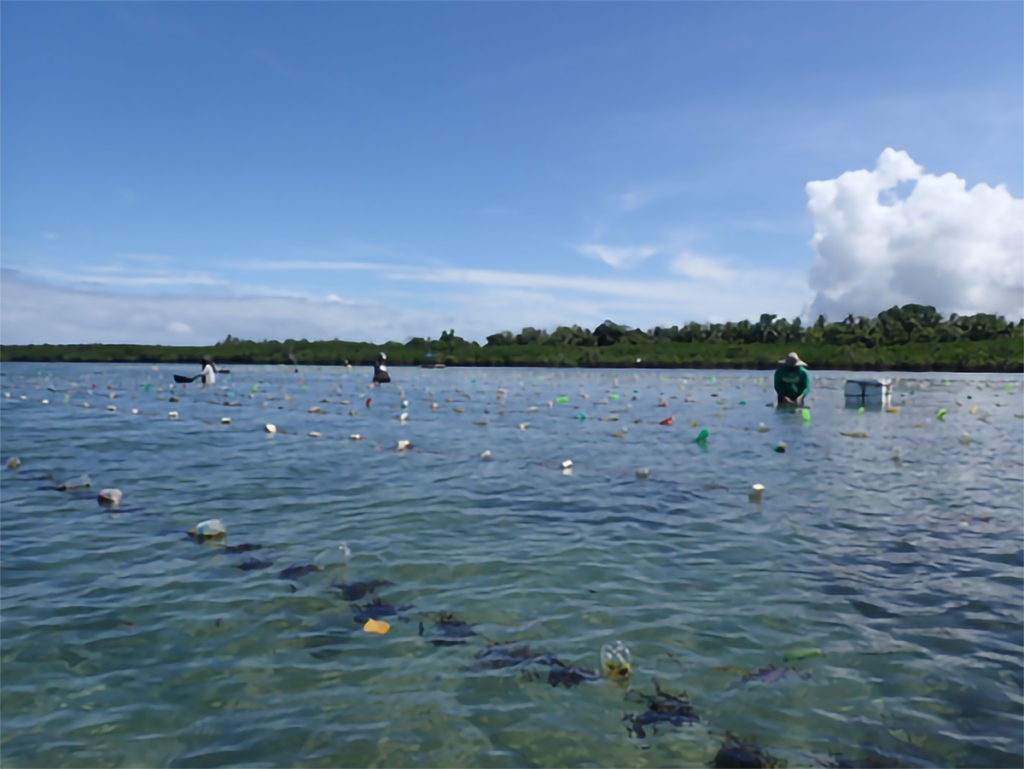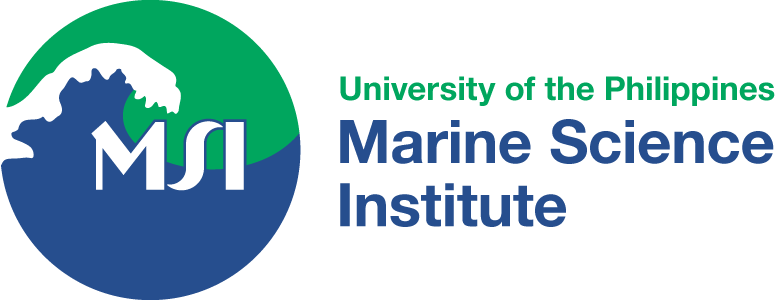Seaweed as a Resilient Food Solution After a Nuclear War
Diliman, QC: A new study about the potential of seaweed as a resilient food source was published in the scientific journal “Earth’s Future” by a team of researchers from the Alliance to Feed the Earth in Disasters (ALLFED), Louisiana State University, University of the Philippines Diliman Marine Science Institute (UP MSI), and the University of Canterbury.
Researchers have discovered that seaweed can be a crucial pillar for food security in the context of abrupt sunlight reduction scenarios, as seen in scenarios like nuclear winter. Surprisingly, seaweed is resilient in adverse conditions, so its growth and potential to enhance food security increases after more severe nuclear conflicts.
Using an empirical model based on the seaweed Gracilaria tikvahiae, in combination with nuclear winter climate data, the researchers simulated global seaweed growth. The results demonstrate that seaweed has the capacity to be cultivated in tropical oceans even after a major nuclear war between Russia and the US. Such a war would deliver 150 Tg of black carbon to the atmosphere and could block out the sunlight for years but enough to drive photosynthesis. This scenario leads to increased vertical mixing and decreased phytoplankton production, providing more nutrients to the seaweed.
Previous studies show that agriculture and fisheries production would plummet, so alternative food sources like seaweed will be critical in ensuring good security in sunlight reduction scenarios. Ocean modeler Prof. Cheryl Harrison from the Louisiana State University said “It’s only a matter of time before the latter [nuclear war and large volcanic eruption] happens, so we need to be ready. Because the ocean does not cool as rapidly as land, marine aquaculture is a very good option.”
Seaweed can be quickly scaled up to meet a substantial portion of global food application demand, reaching about 70% within just 7 to 13 months. Most of this can be used for animal feed and biofuel, as human consumption is limited to 10-15 % due to the high iodine content in seaweed, which could cause adverse health effects.
In addition to the current benefits of seaweed farming, researchers suggest investing in seaweed farming as a proactive measure for global food security, both now and after a catastrophe. This could potentially avert a significant number of deaths from starvation, according to resilient food expert Prof. Dr. David Denkenberger from the University of Canterbury.
In fact, in the Philippines, low-tech seaweed farming is the commonly implemented infrastructure.


According to laboratory head Prof. Michael Y. Roleda of Algal Physiology (AlgaE) laboratory of UP MSI, “we are engaged in the selection and curation of novel and climate change resilient cultivars of tropical seaweeds (e.g., eucheumatoids and gracilariods) that possess superior traits in terms of growth, chemistry, and disease resistance. The gene bank of UP-MSI provides a platform for selective breeding and production of high quality seedstrock for distribution to seaweed farmers.” This effort by UP MSI significantly contributes to the goal of scaling up seaweed for future food production and security.
The preprint of this study was selected as one of the most exciting and interesting entries out of 17,000 submissions to the European Geosciences Union conference in Vienna (2023) and discussed in their press conference and blog. According to Lead author Dr. Florian Ulrich Jehn from ALLFED, this study opens avenues to further research about seaweed as a food solution after a nuclear war.
Access to the original paper: https://doi.org/10.1029/2023EF003710
Media Interest:
The unexpected aspect of the study is the revelation that seaweed exhibits high growth rates in a more severe nuclear war. This further adds to the many benefits of seaweed, including its capacity to mitigate eutrophication–excessive nutrient and consequently algal growth which can deplete oxygen and harm aquatic life–and its independence from arable land, freshwater, fertilizer, or extensive pesticide applications. Seaweed fed to cattle could also significantly decrease the emissions of methane, a powerful greenhouse gas. In addition, seaweed can be used to sequester carbon from the atmosphere, combating climate change. These factors contribute to making seaweed a subject of interest for both the scientific community and the general public.
The UP Marine Science Institute is one of seven academic institutes of the College of Science, University of the Philippines Diliman. It aims to advance, disseminate, and apply knowledge through research and development, and public service and extension in the marine sciences and related disciplines, playing a big role in shaping the discourse on the Philippine waters.
For media inquiries, please contact:
Florian Ulrich Jehn
First author
LinkedIn: https://www.linkedin.com/in/florian-ulrich-jehn-b03a4011b/
Mastodon: @florianjehn@fediscience.org (https://fediscience.org/@florianjehn)
Twitter: @FlorianJehn (https://twitter.com/FlorianJehn)
Michael Y. Roleda, Dr. rer. nat.
Co-author
Email: myroleda@up.edu.ph
Communications Team
UP Marine Science Institute
Email: content@msi.upd.edu.ph
